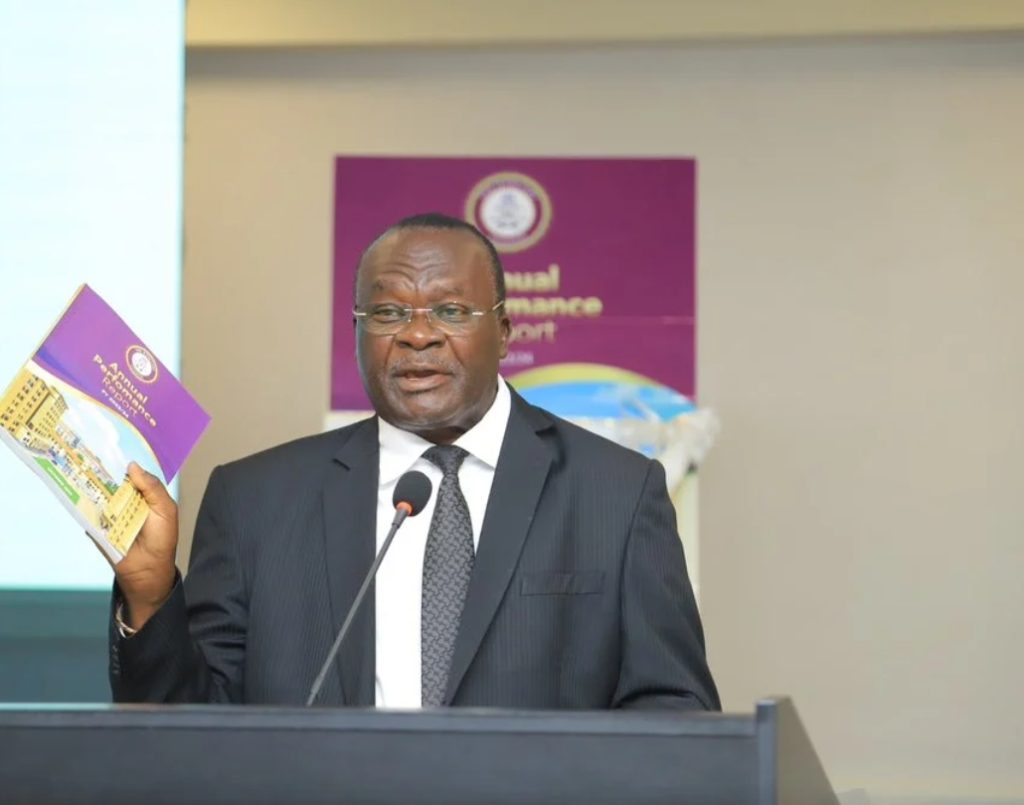In a bold stride toward bridging the justice gap across Uganda, the country’s Judiciary has commissioned five new High Court Circuits, signaling a fresh era of decentralized legal services.
The latest circuits Entebbe, Kumi, Lugazi, Patongo, and Wakiso are now fully functional, expanding the national tally to 29 and positioning justice closer to Ugandans in far-flung areas.
The opening of these courts marks a pivotal moment in the Judiciary’s ongoing transformation agenda. Chief Justice Alfonse Chigamoy Owiny-Dollo confirmed that judicial officers are already stationed at the new locations, which were formally gazetted last year.
“This development shows our firm resolve to reduce the burden on existing courts and serve the public more effectively,” the Chief Justice said, underscoring the Judiciary’s dedication to clearing case backlogs and promoting fairness.
Justice services in Entebbe and Wakiso previously tethered to High Court Divisions are now being administered locally, easing congestion and reducing long-distance travel for litigants. The Acting Chief Registrar, Pamella Lamunu Ocaya, reported full operational readiness.
“All registries for the new courts are fully functional and ready to receive case filings,” she stated. “This change will create a more streamlined and accessible process for litigants.”
In a bid to embrace innovation, the Entebbe and Wakiso courts have adopted the Electronic Court Case Management Information System (ECCMIS).
The rollout of this technology enables digital filing, automated case management, and virtual hearings—
an ambitious move to cut delays and improve responsiveness.
The Judiciary has also begun the redistribution of cases to their rightful jurisdictions. Files previously under the Mukono High Court are now being handled by the Lugazi Circuit, while those in Kumi and Patongo circuits have been shifted from Soroti and Kitgum respectively.
“These transfers are designed to ensure cases are handled in their proper jurisdictions, bringing justice administration closer to where people live and work,” explained the Chief Registrar.
For many Ugandans especially in rural and underserved areas this expansion could not come at a better time. Distance and backlog have long stifled access to justice, but with these new circuits, the scales are beginning to tip.
The Judiciary’s efforts have been met with optimism from legal experts, who see the development as a cure for case congestion and a catalyst for legal empowerment in local communities.
By reducing the physical and financial burden of seeking justice, courts can now better serve vulnerable groups such as women, children, and persons with disabilities.
Importantly, this is just the beginning. The Chief Justice revealed that further circuits are planned for Ibanda, Ntungamo, Moyo, and Rakai in the upcoming financial year a clear signal that the Judiciary is far from done.
Looking ahead, court users are being encouraged to acquaint themselves with the new jurisdictions and filing procedures.
The Judiciary has committed to public education initiatives to help citizens transition smoothly and maximize the benefits of the reform.
